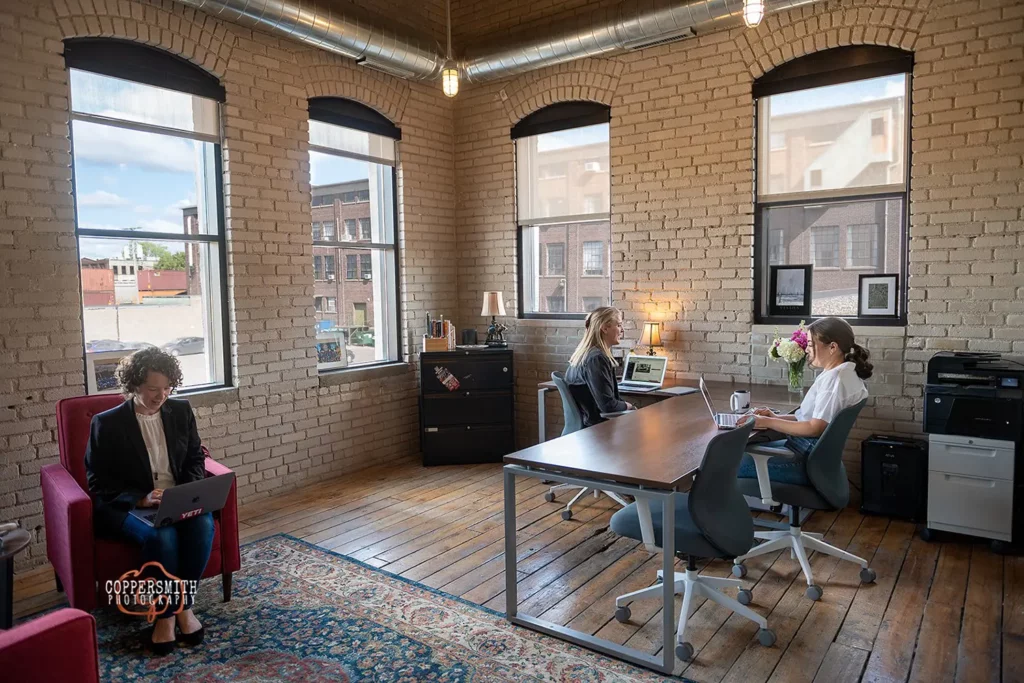For well over two years now, executive leadership discussions have been dominated by constantly evolving economic conditions and a challenging job market. There appears to be no end in sight with the possibility of a recession and over 11 million open jobs nationwide. The organizations most likely to thrive under these circumstances are the agile companies who take extraordinary measures to think and operate differently.
What does this mean for the workplace?
Much has been written about remote and hybrid work cultures that aspire to accommodate the demands of employees who want flexibility, among other things. Culture, however, is not a “set it and forget it” business best practice and productivity, among other key performance indicators, often drive necessary changes in how we work.
An increasing number of companies with the infrastructure to support remote work are headed back to the office, in some cases for just a day or two each week, and others as needed for key meetings, training and employee engagement initiatives. The reality is, the physical office still has a place.
How do organizations do it all (remote tech, office space, etc.) without major bottom line implications?
The average cost to lease office space in downtown Minneapolis is $32 per square foot. Generally, these are long-term (15 year or more), amenity-free environments with build-out expenses. Some companies allocate up to 20% of their expenses to physical space alone.
With so much uncertainty, companies are mitigating the high-cost of traditional office leases with creative, collaborative work spaces that offer on-demand services, built-in amenities, and a combination of private, semi-private, and open spaces that are either dedicated or shared. And, at an average cost of $11 per square foot. The icing on the cake? Contracts are 6-12 months.
Traditionally, these spaces have been designed with the coworker in mind – founders, entrepreneurs, and consultants. But today, mid- to large-sized companies take up a significant part of these environments due to their low-cost, and low-risk, and ability to scale up or down based on market conditions and shifting business dynamics.
This has enabled business leaders to get back to focusing on growing their businesses and adding shareholder value while at the same time, meeting the increasingly diverse working preferences of employees. It is possible to do it all.
So then, is the traditional office lease dead?
It should be.
There is already a massive lunge in this direction with building owners and management companies repurposing and repositioning their spaces, out of necessity, as turn-key office products. But these are often veiled attempts when lease terms remain largely the same and offerings are not complemented with the staffing, programming and cultural considerations that coworking companies have been cultivating for a decade, or more.
For a free consultation, schedule a tour at Coco.

